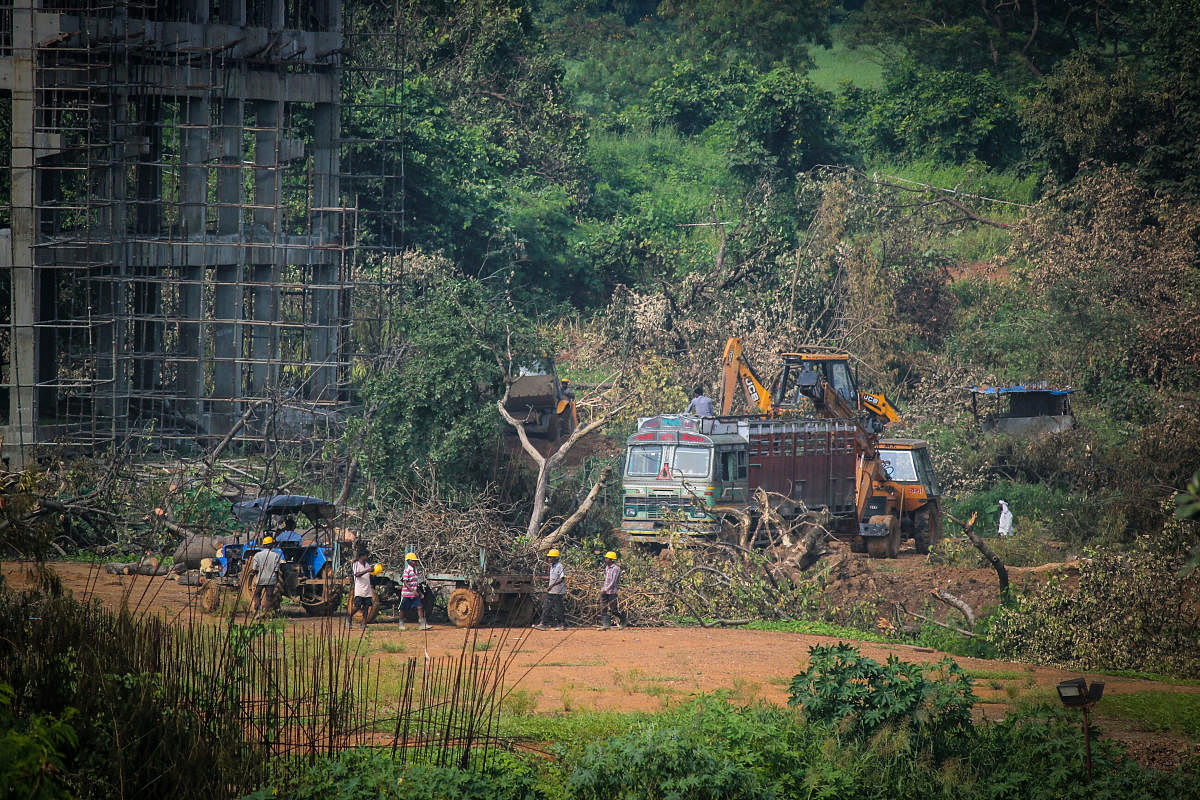
The Supreme Court’s direction to the Maharashtra government not to cut any more trees in Mumbai’s Aarey Colony till October 21 is hardly a relief, and certainly cannot be called a victory for the cause of environment. The court’s stay came too late and a part of the forest is already gone. The government acted fast and cut down 2,141 trees out of a total 2,185 on Monday night, hours after the Bombay high court rejected environmental activists’ petitions to declare the colony a protected forest. The Mumbai Metro Rail Corporation had proposed to clear the forest to build a metro rail car shed there but it had faced stiff opposition not only from green activists but also large sections of people. The high court’s dismissal of the petitions was mainly on the ground that there is no clear definition of a forest in the state. This is a legal and technical argument and does not detract from the importance of Aarey Colony and its role in Mumbai’s ecology.
The 1,300-hectare land in the city’s northern suburb, Goregaon, is considered the lung of the city, whether it is a forest by definition or not. It is a catchment area for two rivers and has a diversity of flora and fauna. It has a moderating impact on the city’s weather and controls pollution and floods. It once occupied about 3,000 acres but has now been reduced to 1,300 acres. The authorities insisted that the metro rail depot should be located in Aarey, though there were alternative proposals. The damage has been done. The authorities’ claim that they would plant many times the number of trees cut down in Aarey is a poor consolation. Such tree planting efforts have not been successful in the country. The saplings will also take many years to grow into trees, if at all.
The imperatives of development are always cited as reason and justification for the attacks on the environment, as has happened in Aarey. It is difficult to make exact calculations of the cost-benefit equations in such situations because they involve many imponderables. Other considerations, too, dominate decisions and actions. Very often, the argument for a balance between development and environment is weighted in favour of the former, and environmentalists and their supporters are termed as extremists, absolutists and Luddites. But the increasing dangers resulting from violence against nature and the rising awareness about them should help to give more importance to the protection of the environment. It is a good sign that a large number of those who protested against the destruction of Aarey are young people and children.